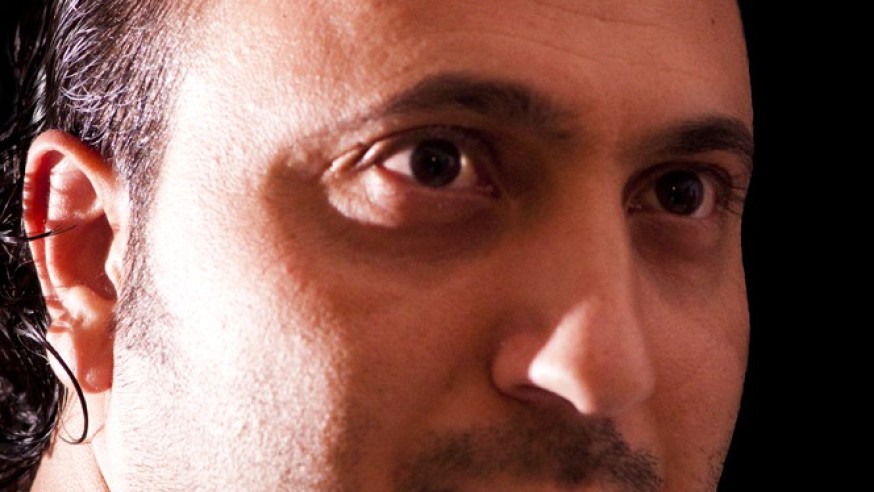In the context of the Kurdish move toward federalism discussed nowadays, we must note that Syria today is made up of several flags behind which Syrians line up.
The first is the official flag that represents the authorities and their supporters. The second is the revolution flag raised by opposition forces in demonstrations. The third is the Kurdish flag (or, to be precise, the variety of Kurdish flags), raised by the Kurds in their areas and recently-formed institutions. The fourth are the flags of the Islamists in all their political diversity. Which means that the “official” flag no longer represents “all” Syrians.
This raises a crucial question about how to deal with flags in the new Syria: Is there a need for one central flag? Does the presence of several flags besides the main one undermine “Syrian national belonging”? Does the existence of more than one flag violate a state's sovereignty, especially when some flags refer to transnational state borders?
In addition to the matter of the flag, there is the issue of language. Kurmanji is now an official language in Kurdish areas and schools, while Arabic is the only recognized language in regime and Arab opposition areas alike.
In light of the Kurdish insistence on acknowledging Kurmanji as an official language in state institutions, there are actually several models in the world, such as Spain and Italy, that Syria could benefit from, since they are based on the pluralism of languages and flags.
However, can Syria be multi-lingual (Arabic, Assyrian, Kurmanji, Armenian, etc.) and maintain only one official working language? Can there be more than one official language?
And where do these matters fall in the current heated discussions on decentralization and federalism? Do these administrative models necessitate the acknowledgment of several flags and languages?
Syria Writes poses today these questions, and other similar ones, to an array of researchers and thinkers, with the aim of finding innovative solutions in a complex reality.
[Photo: A demonstration held in Duma against Syrian Kurdish federalism - Rif Dimashq - 1-4-2016. (Source: Duma Coordination Committee)].




